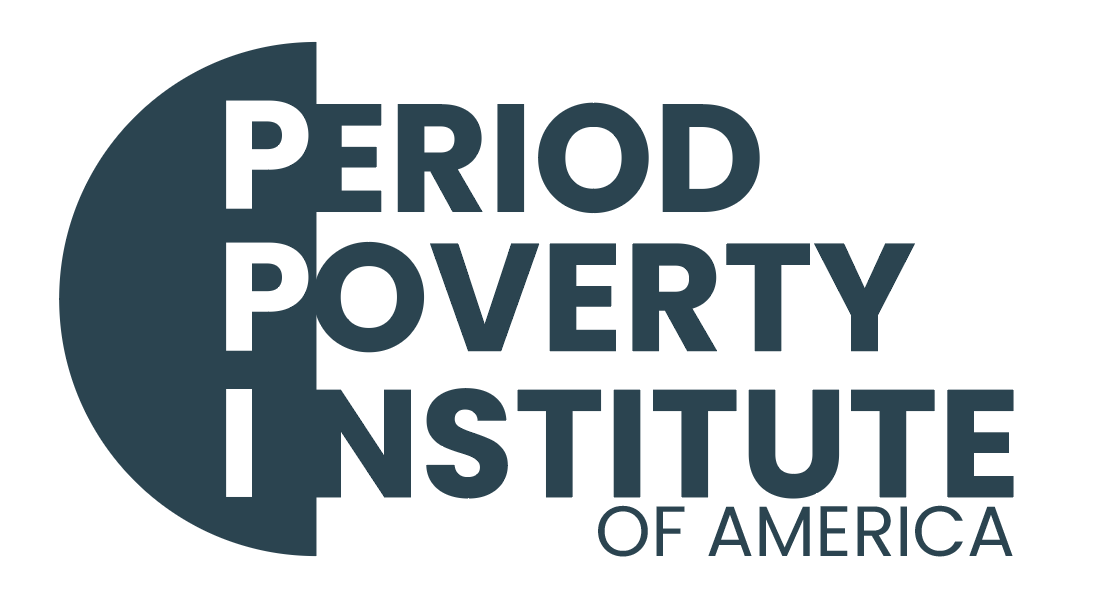Roughly one in every thirty high school students in the United States experienced homelessness during the 2024-2025 school year. For the Class of 2025, that meant tens of thousands faced graduation without housing security. Many were unaccompanied youth, disconnected from caregivers, often due to abuse or neglect. These students are frequently left out of traditional support systems and carry a heightened risk of exploitation and educational disruption.
Between 2023 and 2024, there was a measurable increase in youth homelessness. Yet many schools underreport the issue, hampered by stigma and limited reporting tools. Students who graduate while homeless often lack access to basic employment prerequisites: identification, reliable transportation, or even a place to shower. These gaps lock many into cycles of instability.
For young women, homelessness frequently intersects with Period Poverty. Without access to period products, they often use unsafe substitutes that can lead to infection. Advocacy groups working at the intersection of homelessness and menstrual health report that targeted interventions at this age are essential to long-term social and economic outcomes.
SOURCES:
School House Connection
First Focus Campaign for Children
National Alliance to End Homelessness
Chapin Hall
Public Health Post
Urban Institute
